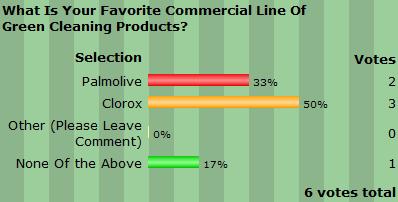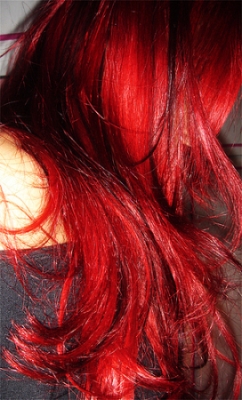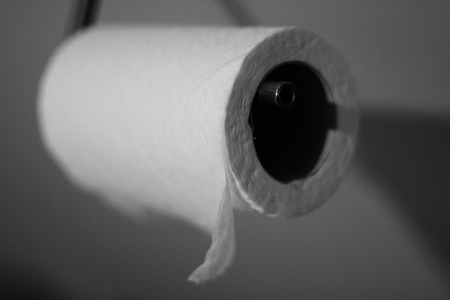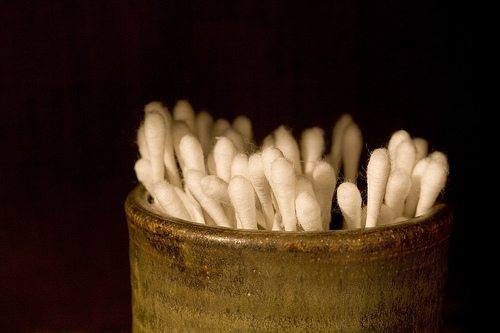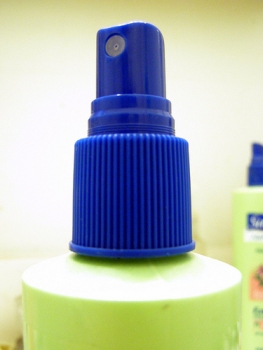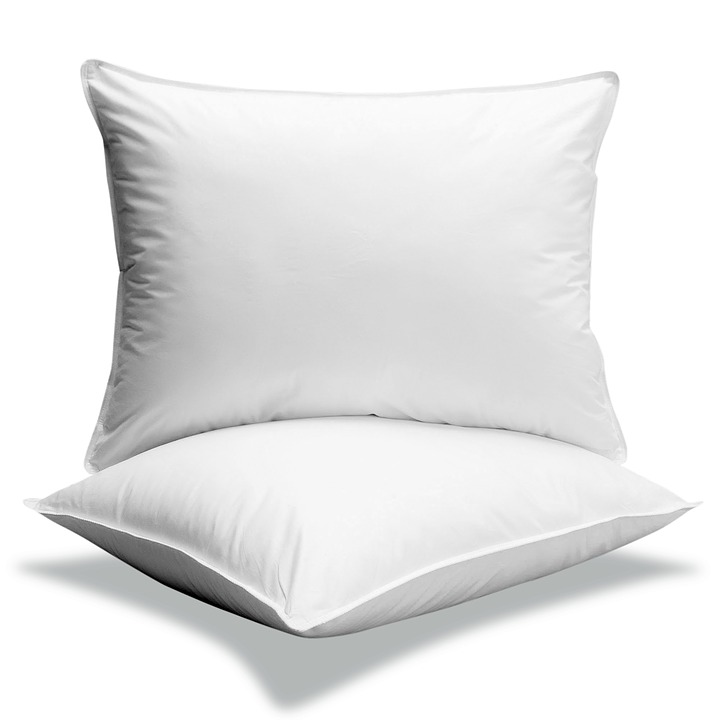It appears that the vote was a tie to a certain degree. Both Palmolive and Clorox are decent commercial line product brands. Personally speaking, I love Clorox’s toilet bowl cleaner and Palmolive’s dishwasher detergent.
A lot of people complain that they have a lot of residues, etc. left by Palmolive’s dishwasher detergent even though they are using brand new high-end dishwashers. I don’t own a new high-end dishwasher, just a regular one that I’ve had for many, many years. I’ve been using Palmolive’s dishwasher soap for roughly 6 months and have not experienced anything like residue, etc. A while back I did notice that someone online mentioned they added a little vinegar to the dishwasher soap, and that helped out greatly. My apologies but I don’t know who provided this tip online.
Click here to vote in this week’s new poll on Obama and the environment!
It’s starting to become that time of year again, the time when fleas tend to do the most damage to pets. A lot of flea shampoos contain ingredients that can harm the environment and can also take a toll on your pet’s skin over a period of time without realizing it. Thankfully there are other options out there, such as eco pet shampoos aimed at killing fleas. Check out the eco shampoos below and keep your pet happy with eco-goodness.
Evolution Grapefruit Flea and Tick Shampoo
The Grapefruit Flea and Tick Shampoo kills fleas and ticks on contact and has a triple-strength formula that has three times more pyrethrin than the competition. It is safe and effective and can be used on dogs, cats, puppies, and kittens over 12 weeks. This shampoo has a grapefruit scent and contains natural Pyrethrin derived from flowers. Sizes: 18 ounces, 1 gallon, and 2.5 gallons.
Organic Pet Shampoo
Vermont Soap Organics Pet Shampoo is a USDA certified organic pet shampoo, certified by Vermont Organic Farmers to food standards. It is extraordinarily mild, hypoallergenic, and free of petroleum or animal by-products. Ingredients include saponified organic oils of coconut, olive, and jojoba, natural essential oil blend including (but not limited to) tea tree and organic orange oil, organic aloe vera, and rosemary extract. There are no chemical detergents, synthetic fragrances, colors, or antimicrobial preservatives used in this liquid shampoo. Natural rosemary extract is the only preservative. The natural essential oil blend may help to repel fleas and ticks. Vermont Soap Organics Pet Shampoo is made in Vermont and packaged in a recyclable plastic bottle.
Natural Animal Solutions Herbal Flea Shampoo
Free from Chemicals and Pesticides. Leaves the coat soft and shiny. Safe for regular use on your pets. All Natural Animal Solutions products are Sodium Laureth Sulphate free. Ingredients include Melrose shampoo base, Apple cider vinegar, Black walnut, Thyme, Rosemary, Rue, Fennel, Pennyroyal, Wormwood, Lavender, Yellow dock, Feverfew, Neem seed. Natural Animal Solutions products are made in Australia.
